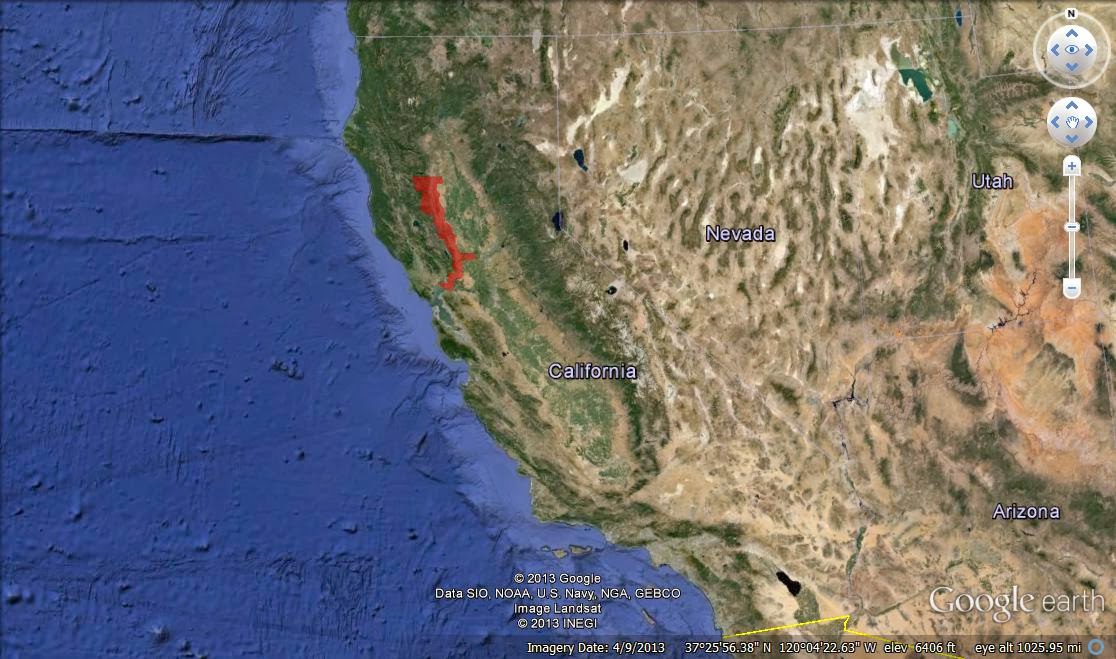 |
| Eggs Benedict from The Egg Carton. |
I've only had the Eggs Benedict here (it is, after all, my favorite breakfast food). They have three versions, but I always have the traditional English muffin, Canadian bacon, poached egg and Hollandaise sauce. There is a vegetarian option available. Expect it to take 8-12 minutes, but also expect it to be good, because it is.
Geography: The history of Eggs Benedict is complicated. Each story for the invention of the dish conflicts with another. I would argue that it was invented, not evolved like most other dishes. For one thing, every early cookbook that first included the dish had somewhat different variations, but the versions seemed to occur radially from New York outward. Most evolutions occur across a linear spatial direction. For example, Hollandaise sauce probably started out as a fish sauce made with butter and vinegar. As it traveled to France, it added egg yolk. Then, people used lemon juice instead of vinegar once it got to Paris, and that's what we have today. It spread in a southwesterly line, changing as it went. But with Eggs Benedict, versions popped up all over the place. For the most part, different versions occurred at a further-away place than the last few. Also, like with most true inventions of food, there are conflicting stories on its origins, all claiming authenticity as its evidence. But, one has to remember that authenticity is a construct. What one person may see as "authentic" may not be so to another. Without bias, the truth would be that both are authentic -- it just depends on the person which version is better.















